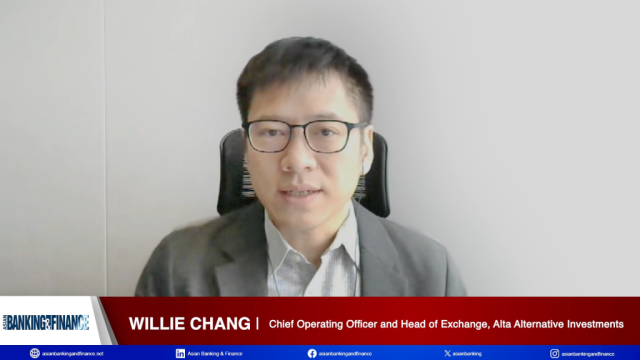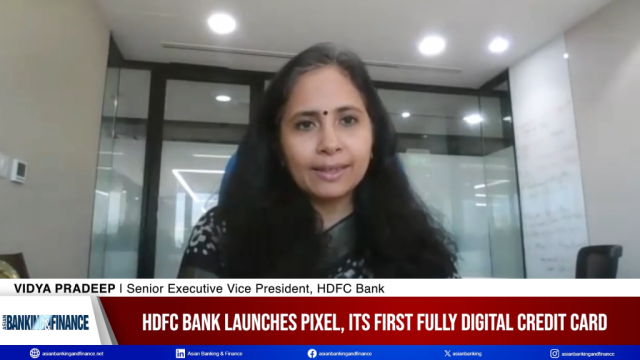
Here’s the real deal about India’s new loan restructuring scheme
Will it allow banks to cover up bad loans?
The Reserve Bank of India has recently rolled out a restructuring scheme which will allow lenders to restructure large stressed accounts. Banks can convert part of the debt into equity in order to dodge huge write-downs under the new scheme, and analysts at Moody’s reckon that the restructuring drive will be beneficial for lenders because it adds options for creditors to deal with stressed assets.
To be eligible for the scheme, accounts should have aggregate exposure of more than INR50 billion, and the underlying project should have already commenced commercial operations.
This addresses banks’ exposures to distressed firms, Moody’s said, especially in the power and steel sectors. For instance, some of the newly set up power plants are financially unviable under current economic conditions because the price at which they are able to sell electricity now is much lower than assumptions used when setting up the plant.
Under the new scheme, non-performing debt will be split into two parts: sustainable and unsustainable debt. Sustainable debt should be serviced under existing repayment terms using current levels of operating cash flows. Meanwhile, unsustainable debt can be converted into equity, convertible preference shares or convertible debt. The sustainable debt portion should be at least 50% of the outstanding debt for the loan to be eligible under the new rules.
“Despite the increase in stressed assets, banks, particularly public sector ones, have been reluctant to write them down. This is partly because of the risk that such actions will subject the banks to retrospective scrutiny from law enforcement agencies. Significantly, managers at state-owned banks operate as public servants, and their write down of loans is subject to scrutiny by government anti-corruption and vigilance agencies. This has left the resolution of some stressed assets in limbo,” Moody’s said.
Moody’s also reiterated that banks cannot use the new scheme to camouflage their bad loans. The RBI will set up an overseeing committee to independently review proposals under the scheme and provide transparency to the process. There are also explicit rules in place to take appropriate haircuts, albeit in the form of conversions of
debt into equity,
“There will be no fresh moratorium granted on interest or principal repayment, or any extension of the repayment schedule for the sustainable portion. Banks also must make upfront provisioning for 20% of the overall debt, or 40% of the unsustainable portion, whichever is higher. Any upgrades to the standard loan category will only be permitted after a year of loan performance. Furthermore, the conversion of the unsustainable portion to equity or quasi-equity must be marked to market, and banks must provide for any marked-to-market losses,” Moody’s noted.























 Advertise
Advertise







